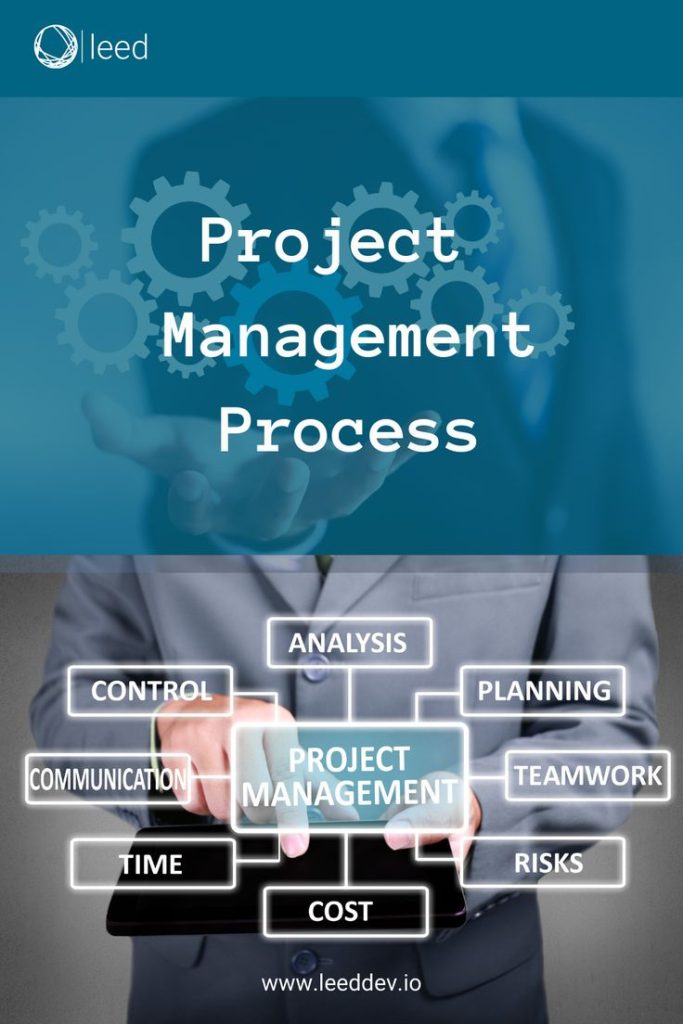
The realm of instructional design is ever-evolving, with new technologies and pedagogical theories continuously shaping the way educational content is conceived, developed, and delivered. At the core of creating effective learning experiences lies the need for robust project management – a structured approach ensuring that instructional materials meet their objectives efficiently and effectively. Let’s delve into several project management frameworks that can be applied to streamline processes within instructional design.
ADDIE Model
The ADDIE (Analysis, Design, Development, Implementation, and Evaluation) model stands as one of the most traditional frameworks in instructional design. It offers a systematic process that starts with analyzing learners’ needs and ends with evaluating the effectiveness of the educational intervention. The linear nature of ADDIE makes it an accessible starting point for new projects, but it can sometimes lack flexibility needed in iterative design and rapid prototyping.
SAM Model
The Successive Approximation Model (SAM) introduces a more iterative approach to instructional design than ADDIE. It consists of three main phases: Preparation, Iterative Design and Iterative Development. This framework encourages collaboration and repeated small steps or iterations towards refinement rather than moving in a strict linear fashion from start to finish. SAM is beneficial when rapid development is necessary and when there’s room for ongoing revision.
Dick and Carey Model
This systemic framework focuses on interrelation between different instructional components. The Dick and Carey model involves identifying instructional goals, examining learner characteristics, creating performance objectives, devising assessment tools, selecting delivery methods, and finally conducting formative and summative evaluations. It fits well with complex learning interventions where detailed planning is paramount.
Agile Learning Design
Agile Learning Design draws inspiration from agile software development practices. It prioritizes flexibility, teamwork, regular feedback loops, and adaptive planning over a rigidly defined schedule. This approach fosters an environment where learning experiences can be developed incrementally through a collaborate-build-assess-iterate cycle that responds swiftly to change.
Merrill’s Principles of Instruction
While not a management framework per se, Merrill’s Principles provide guidelines that can enhance the management process. The principles advocate task-centered learning experiences while integrating demonstration, application, activation of prior knowledge, and integration activities into instructional design. Incorporating these principles can result in more engaging and effective learning material.
In conclusion, choosing the right project management framework in instructional design depends on several factors including project size, complexity, stakeholder requirements, timeline constraints, and available resources. An adept instructional designer will often merge elements from multiple frameworks to tailor a bespoke solution for each project’s needs – ensuring that educational objectives are met while optimizing team efficiency throughout the project lifecycle.
